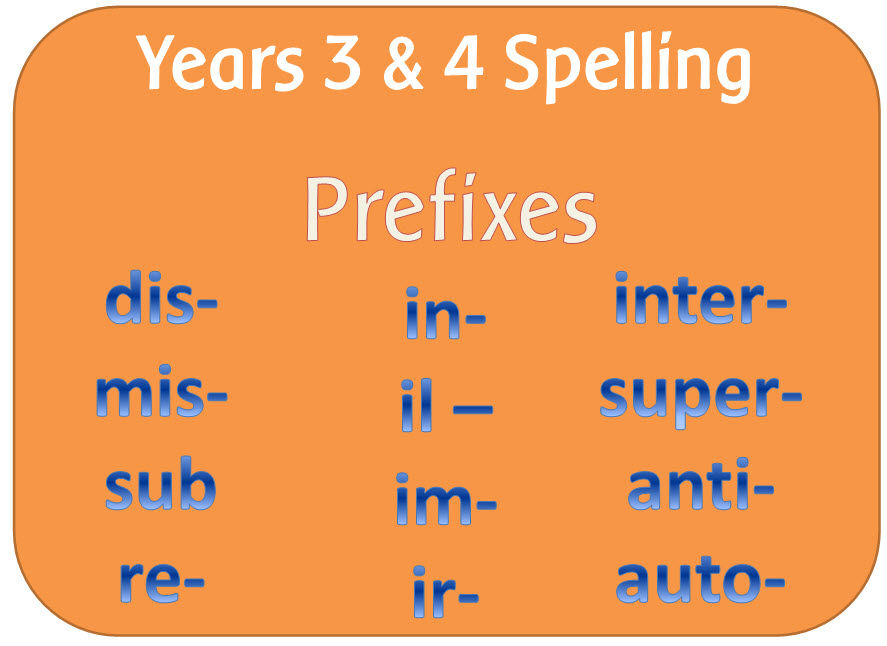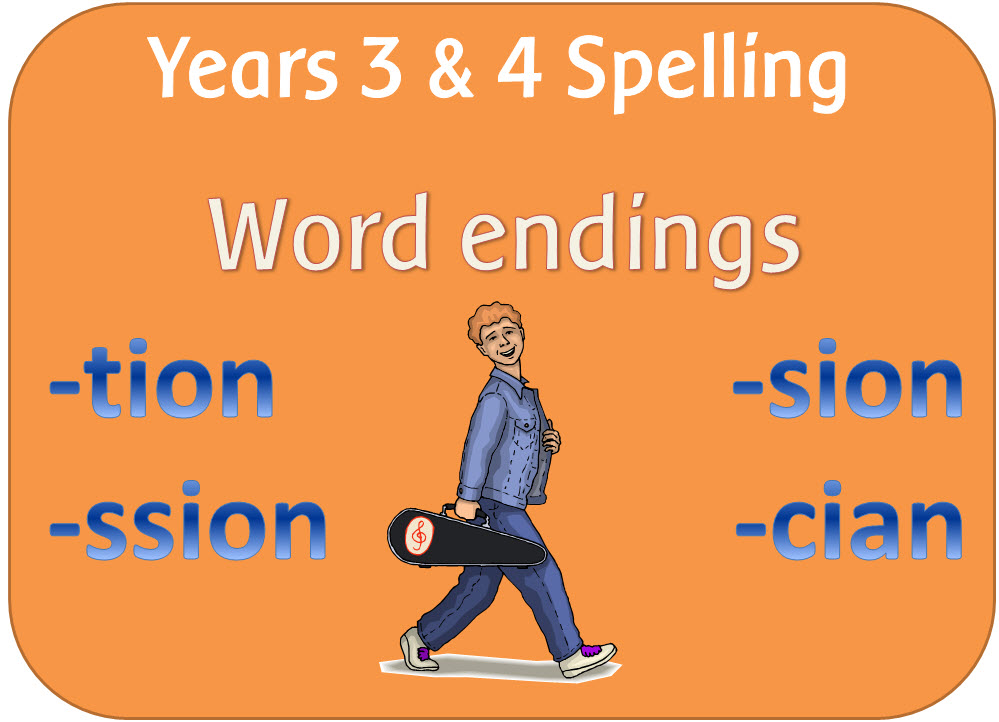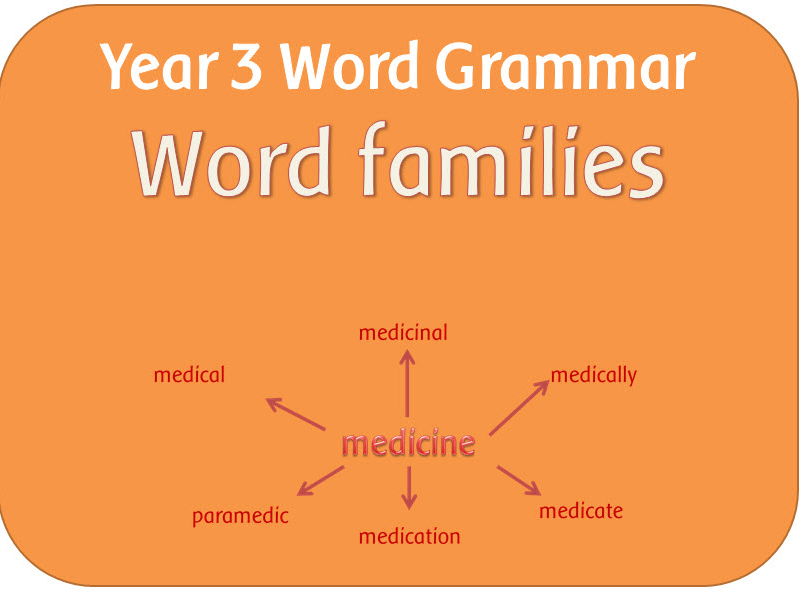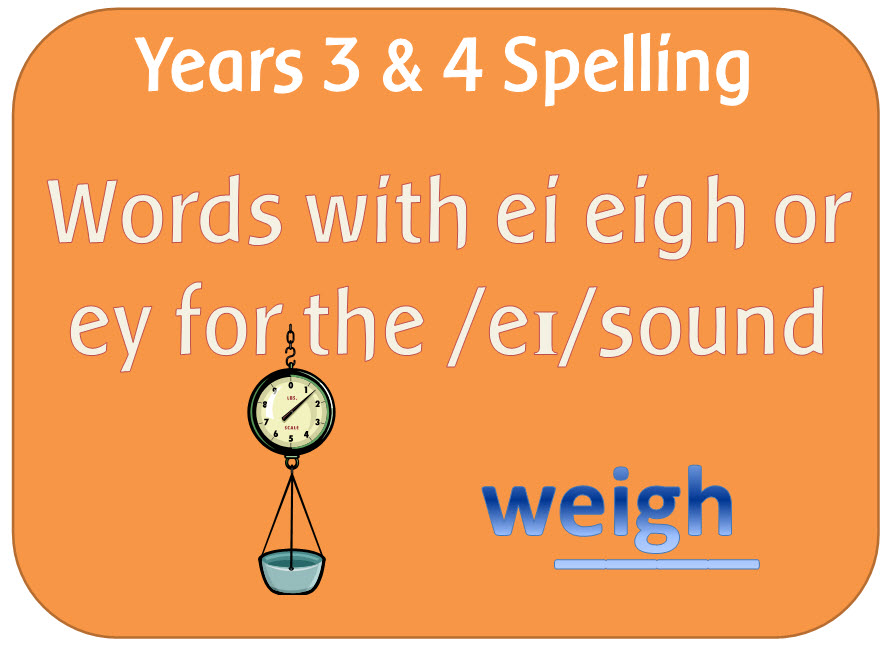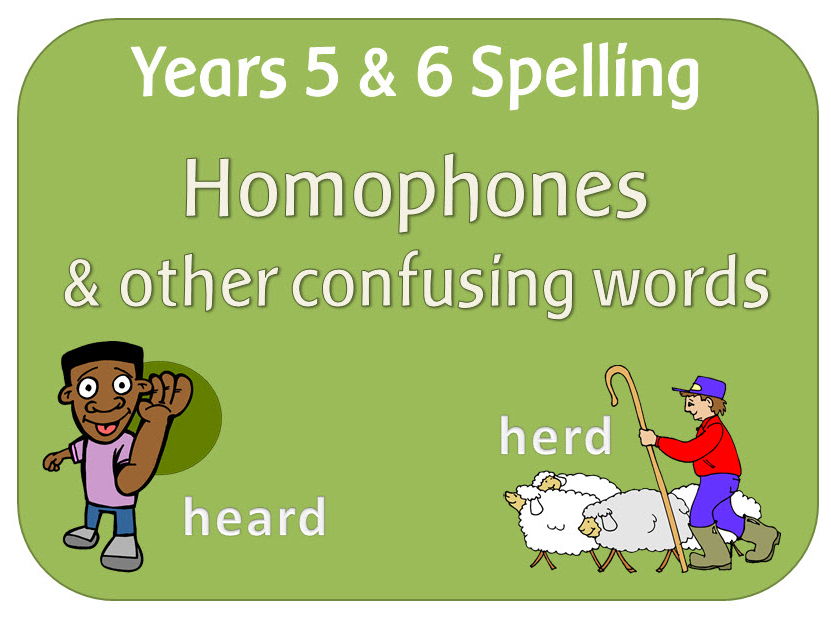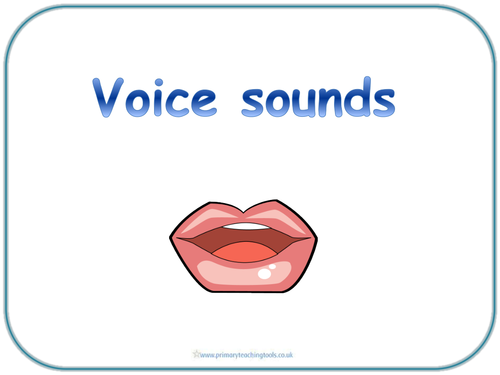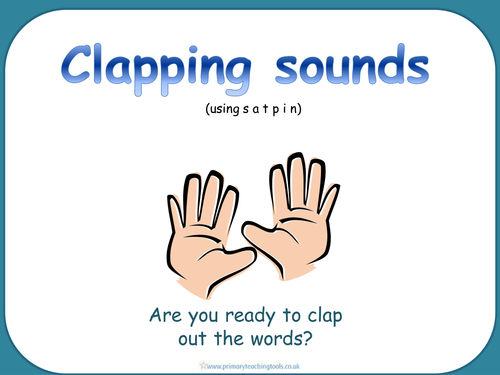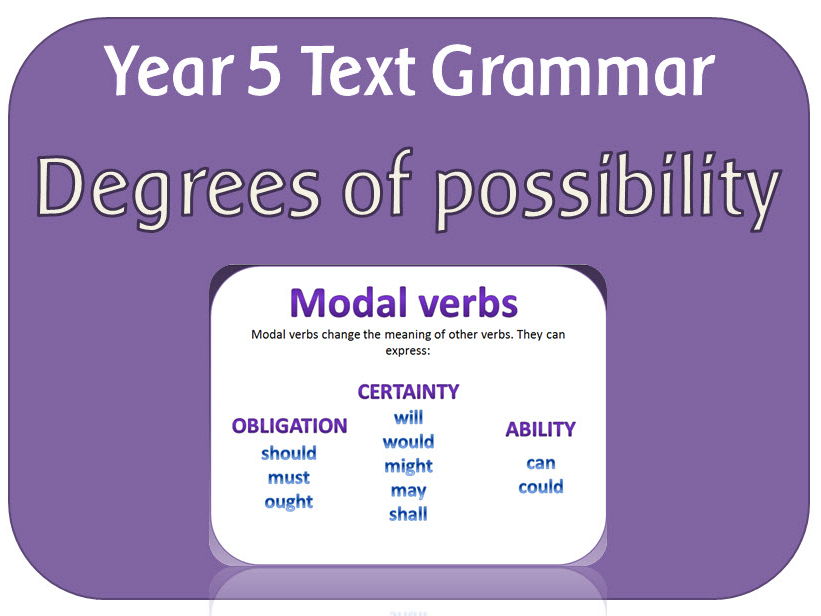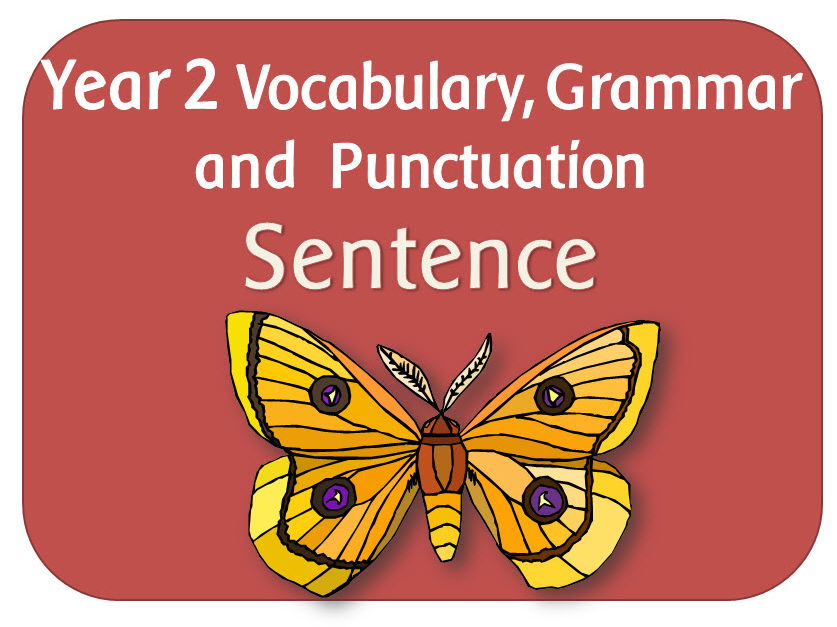
404Uploads
1072k+Views
683k+Downloads
English

SPaG Year 1 : Plural noun suffixes powerpoint and worksheet
A powerpoint lesson, worksheet and plan on plural noun suffixes:
Plural noun suffixes: A powerpoint explaining the meaning of singular, plural and what a suffix is. It explains what effect the addition of s or es has on nouns.It ends with an interactive game.
Plural noun suffix worksheet

SPaG Year 1 Punctuation: Capital letters, full stops, question marks & exclamation marks
Spelling resources to teach the statutory requirements in Appendix 2 of the English curriculum:
Punctuation: Separation of words with spaces; Introduction to capital letters, full stops, question marks and exclamation marks to demarcate sentences; Capital letters for names and for the personal pronoun I.
PowerPoint files:
Introduction to exclamation marks: Short presentation explaining when to use exclamation marks
Introduction to full stops: Short presentation explaining when to use full stops
Introduction to question marks: Short presentation explaining when to use question marks
Capital letters - when to use them: Looks at occasions where capital letters should be used, with an activity to test the children’s understanding at the end.
Capitals and punctuation quiz: Interactive activity where the children have to decide what is wrong with each sentence.
Jake’s full stop: A story that shows what happens when full stops are left out of sentences.
Sentences and punctuation: Recap on sentences and punctuation, with an activity at the end.

SPaG Year 2 Spelling: The /r/ sound spelt wr
A set of resources looking at words beginning with wr.
POWERPOINT: Explains the spelling and gives examples for the children to read. Then there is a spelling activity, using a look, hide and check format
BINGO: Wr words
CARDS: Matching cards with words and pictures
CROSSWORD: wr words
PRACTICE SHEET: Writing words beginning with wr spelling sheet
WORDSEARCH: wr words
WORD DOCUMENTS: Lists of words and a planning document.

SPaG Year 2 Terminology powerpoint
An explanation of noun, noun phrase, statement, question, exclamation, command, compound word, adjective, verb, suffix, adverb, tense, apostrophe and comma.

SPaG Year 3 & 4 Spelling: Prefixes dis mis in re sub inter super anti auto
Resources to teach how most prefixes can be added to words without any change to the spelling of the root word, except for the prefix in.
POWERPOINTS: Each powerpoint introduces the prefix and gives a definition of its meaning and how it can change the meaning of words. Examples of words with and without each prefix are shown.
The last powerpoint looks at the meaning of all the different prefixes.
DIS
MIS
IN IL IM & IR
SUB
RE
INTER
SUPER
ANTI
AUTO
Prefix recap
PDF (PRINTABLE) RESOURCES:
DIS
Cards - words to add dis
Change the paragraph to the opposite meaning
Dis word definitions
Jigsaw cards – dis
Un and dis matching word and definition cards
Dis- wordsearch
Un- wordsearch
MIS - wordsearch
IN IL IM IR jigsaw cards
MIS DIS RE and UN Word wheel
INTER worksheet
AUTO prefix worksheet
Although every effort has been made to check wordsearches for unintentional inappropriate words, it is recommended that teachers double check them before giving to children.
TEACHER RESOURCES
Word list
Adaptable outline plan

SPaG Year 3 & 4 Spelling: Endings which sound like /ʃən/, spelt –tion, –sion, –ssion, –cian
Resources to teach the spelling guidelines for word endings which sound like /ʃən/, spelt tion, sion, ssion, cian
POWERPOINT:
Endings tion sion ssion and cian: Goes through each ending, giving examples, exceptions and an activity to add each ending to different words.
PDF (PRINTABLE) RESOURCES
Look Write Cover Check x 4: For spelling practice of words with each ending
4 x worksheets, for each ending
Wordsearch, containing all word endings
Cards, containing words with each ending.
Although every effort has been made to check wordsearches for unintentional inappropriate words, it is recommended that teachers double check them before giving to children.
TEACHER RESOURCES
Word list
Adaptable outline plan

SPaG Year 3 Grammar: Formation of nouns using a range of prefixes
The first powerpoint recaps the terminology noun and prefix then explains how prefixes are added to words and change their meaning. Gives some examples of words with the prefixes super, auto, anti and tele and asks how the meanings have changed.
The second powerpoint looks at a range of prefixes the children should have covered in Y2 and introduces new ones alongside their meanings.
PDF WORKSHEETS & ACTIVITIES:
Word list – nouns using prefixes
Fore/mid/sub jigsaw cards
Super/auto/anti jigsaw cards
Prefix anti worksheet
Prefix auto worksheet
Prefix super worksheet
DISPLAY:
Noun prefixes display
Plus a Y3 VG&P plan

SPaG Year 3 Grammar: Word families based on common words
3 POWERPOINTS:
Words and families: Explains what word families are and how to make them. It follows with 10 common exception words and related words .
Roots, affixes and word families: Explains how word families can be built by using affixes. Gives examples of the word family related to the word 'act' and also the word 'light'.
Word families: Building words using a matrix of prefixes, root words and suffixes.
PDF WORKSHEETS & ACTIVITIES:
Cards (x6 – act/give/light/pass/press/sign) containing words belonging to each word family
Word derivation sheet – blank
Word family – give
Word family – pass
Word family –press
Word family –sign
Word list – Latin root words and families (extension work)
Plus a Y3 VG&P plan

SPaG Year 3 Grammar: Paragraphs, headings, sub-headings and present perfect form of verbs
POWERPOINTS:
Paragraphs:An introduction to paragraphs, explaining what they are and how to write them.
Headings and sub-headings:An introduction to headings and sub-headings, explaining what they are and where and how they can be used.
Present perfect:Explains what the present perfect tense is and how it is formed. It ends with sentences for the children to rewrite using the present perfect tense.
PDF activity: Present perfect worksheet

SPaG Year 3 & 4 Spelling: words with the /eɪ/ sound spelt ei, eigh, or ey.
POWERPOINT: Looks at all the common words containing these graphemes for the /ai/ phoneme. Ends with a spelling activity.
PDF (PRINTABLE) RESOURCES:
Look Write Cover Check: For spelling practice
Wordsearch
TEACHER RESOURCES:
Word list
Adaptable outline plan

SPaG Year 3 Terminology powerpoint
A powerpoint explaining the terms adverb, preposition, conjunction, word family, prefix, clause, subordinate clause, direct speech, inverted commas, speech marks, vowels and consonants

SPaG Year 5 & 6 Spelling: Homophones and other confusing words
Resources to teach the guidelines for spelling homophones and other words that are often confused.
POWERPOINTS
Each Powerpoint gives definitions/explanations of each homophone, then ends with an activity for the children to work out which homophone is appropriate in different sentences.
Homophones - nouns and verbs: advice advise, device devise, licence license and practice practise.
Homophones 1: aisle isle, aloud allowed, affect effect, altar alter, ascent assent, bridal, bridle, cereal serial, complement compliment
Homophones 2: descent dissent, desert dessert, draft draught, farther father, guessed guest, heard herd, led, lead morning, mourning
Homophones 3: past passed, precede proceed, principal principle, profit prophet, stationary stationery, steal steel, wary weary, who's whose
PDF (PRINTABLE) RESOURCES:
Look Write Cover Check x 7: For spelling practice, containing the words in the above PowerPoints
Worksheets x 7: To write definitions of the homophones and think of ways to remember how to spell them.
Definition and word cards x 3: Three sets of homophones and corresponding definitions for matching games etc.

SPaG Year 6 Sentence Grammar: Informal and formal writing powerpoint
The powerpoint explains how to change writing styles/register according to audience, purpose and text, and what tone to use for each. Shows examples of similar sentence written in a formal and an informal style. Ends with an activity where the children have to turn an informal sentence into a formal one.

SPaG Year 6 Word Grammar: How words are related by meaning as synonyms and antonyms
POWERPOINTS:
The history of the English language: A history, plus an explanation of why the English language has so many synonyms.
Synonyms: Explains what they are and gives 11 words with related synonyms.
Antonyms: Explains what they are and gives 12 words with corresponding antonyms, plus 7 words with several antonyms.
Antonyms and prefixes beginning with 'i': Formation of antonyms by adding im, in or il to words.
Antonyms and prefixes recap: Activity to make words by adding a range of prefixes covered in previous years, to make antonyms.
PRINTABLE FILES (PDF):
Synonyms worksheet: For finding synonyms
Antonyms worksheet: re-write the sentences to make it mean the opposite
House for sale - antonyms worksheet: Rewrite the advert using antonyms
House for sale - synonyms worksheet: Rewrite the advert using synonyms
Antonym cards (2 sets): Matching sets - easy and more difficult

Phase 1 Aspect 6 Voice sounds: Letters and Sounds Phonics resource pack
A pack of powerpoints and activities to print to help children distinguish between the differences in vocal sounds, including oral blending and segmenting.

Phase 1 Aspect 7 Oral blending and segmenting: Letters and Sounds Phonics resource pack
A set of powerpoints, games, cards and activities to develop oral blending and segmenting of sounds in words.

Letters and Sounds Phase 3 Captions and sentences
A set of all Phase 3 captions and sentences - powerpoint activities, worksheets and games.

SPaG Year 5 Sentence Grammar: Degrees of possibility using adverbs or modal verbs
A powerpoint teaching about how to indicate degrees of possibility using adverbs or modal verbs might, should, will, must.

Year 2 Common Exception Word mat
A word mat containing the common exception words to be learnt in Y2 - there are 2 mats per A4 page.

SPaG Year 2 Sentence: Expanded noun phrases for description and specification
A PowerPoint demonstrating how to add adjectives to make expanded noun phrases. Ends with different pictures for the children to add words to describe and specify.





